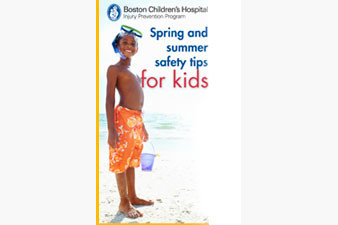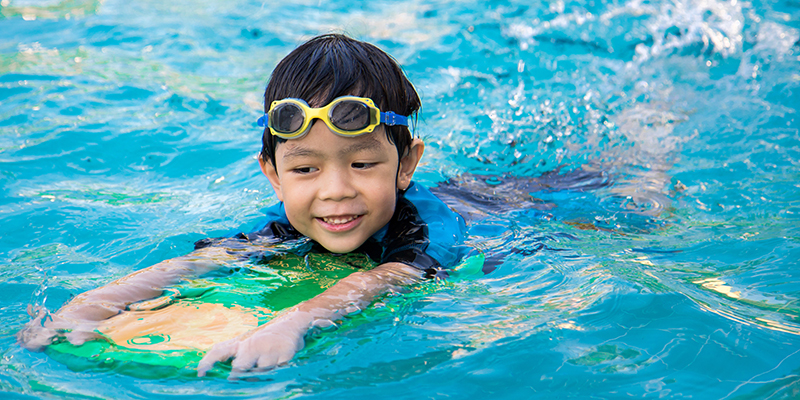Recreation Safety | Overview
Playing outdoors is a great way for children to get exercise, but it’s important for adults to keep a close eye on children on playgrounds and during other outdoor activities to make sure they stay safe. Here are a few tips:
- Make sure an adult is always watching.
- Visit playgrounds built on a soft surface, like rubber, bark chips, or sand.
- Dress children in safe play clothes.
- Avoid scarves, hood draw-strings, and necklaces that can get caught on play equipment.
Playgrounds
Playing outdoors is a great way for children to get exercise, but it’s important for adults to keep a close eye on children at playgrounds to make sure they stay safe. Children should NEVER push or roughhouse while on jungle gyms, slides, seesaws, swings or other equipment.
- Use equipment properly — slide feet first, don’t climb outside guardrails, and don’t stand on swings.
- Remove all drawstrings from children’s clothing before they enter the playground. Other loose objects, like necklaces, should also be removed.
- There should be only one child at a time on a playground device designed for solo use. More than one child highly increases the risk of injury.
Sun
Sunburns happen, even on cloudy days. If you are going to be outdoors for more than a half-hour, use sunscreen, sunglasses, hats, and long sleeves. Long sleeves and pants also protect against sunburns and insect bites.
If your child complains about dizziness, headache, nausea, or muscle cramps, he or she could be overheated or at risk for heat-related illness. Help your child lie down in a cool, shaded area with feet raised. Give the child water to drink, and use a cool cloth if available.
If you'd like more information about spring and summer safety tips, download a print version of our brochure.

Playing outdoors is a great way for children to get exercise, but it’s important for adults to keep a close eye on children on playgrounds and during other outdoor activities to make sure they stay safe.

Water
To keep kids safe around pools, lakes, the ocean, wading pools, kiddie pools, bathtubs, buckets, toilets, and hot tubs, always keep kids in your direct line of sight. Be focused and alert. Reading, listening to music, or having long talks with other people can limit your ability to pay attention.
A pool should have a fence with a gate that locks. The fence needs to be at least four feet high and should surround all four sides of the pool.
When boating, both you and your child should wear a life vest at all times. A child can drown in as little as one inch of water. Even if your child knows how to swim, watch them closely anytime they are in — or around — water.
Teach your child to swim. The American Academy of Pediatrics recommends that children begin swimming lessons at age 4.
Animals
Dogs and other animals spend more time outside during the spring and summer, too. To avoid animal bites, teach your child these safety tips:
- Always ask the owner if it’s OK to pet the dog.
- Let the dog see and sniff you before petting it.
- Stay calm around the dog and move slowly.
- If a dog you don’t know comes up to you, stay still and look at the ground until it goes away.
- If a dog attacks and knocks you over, roll into a ball and cover your face with your arms.
